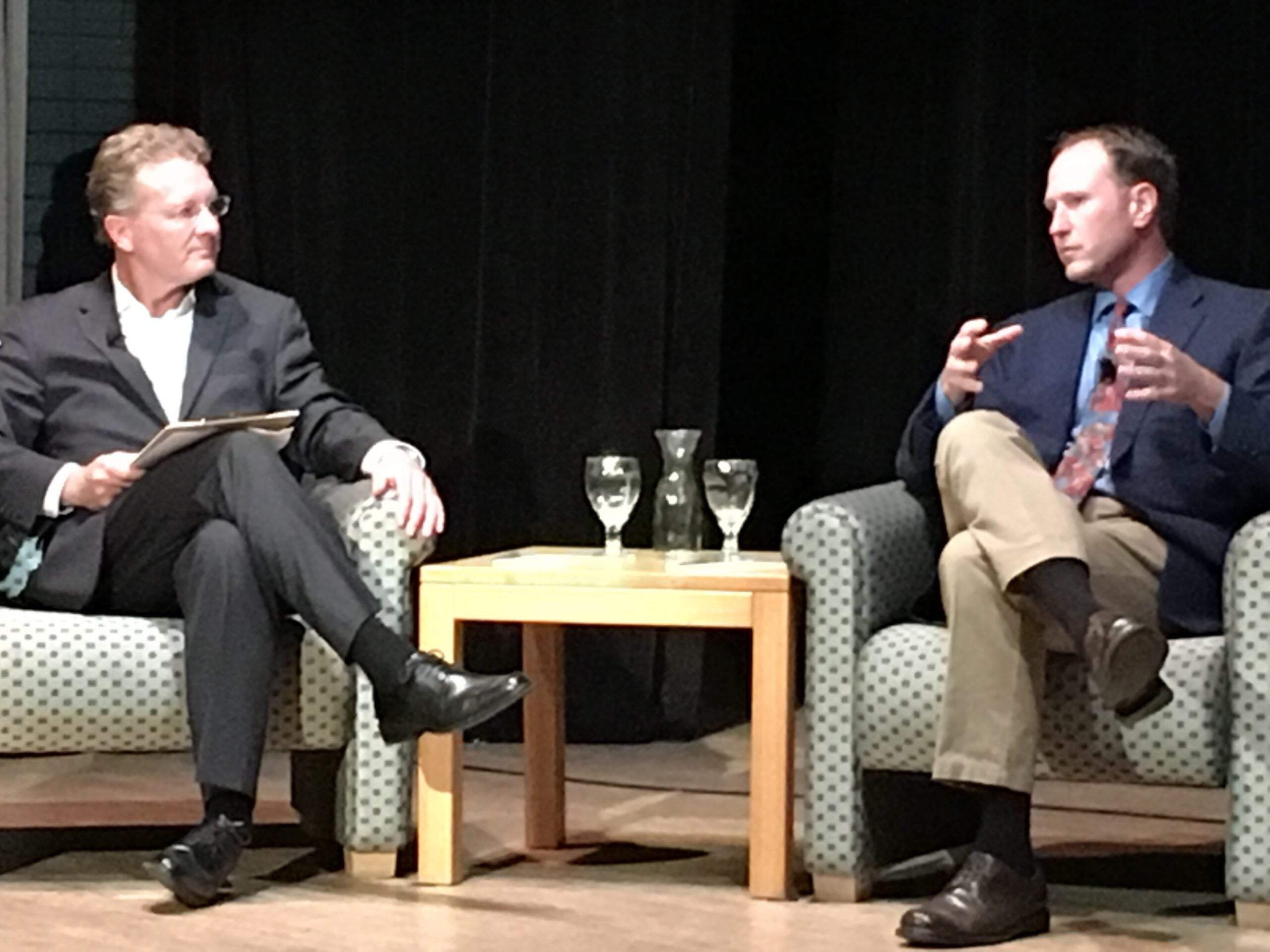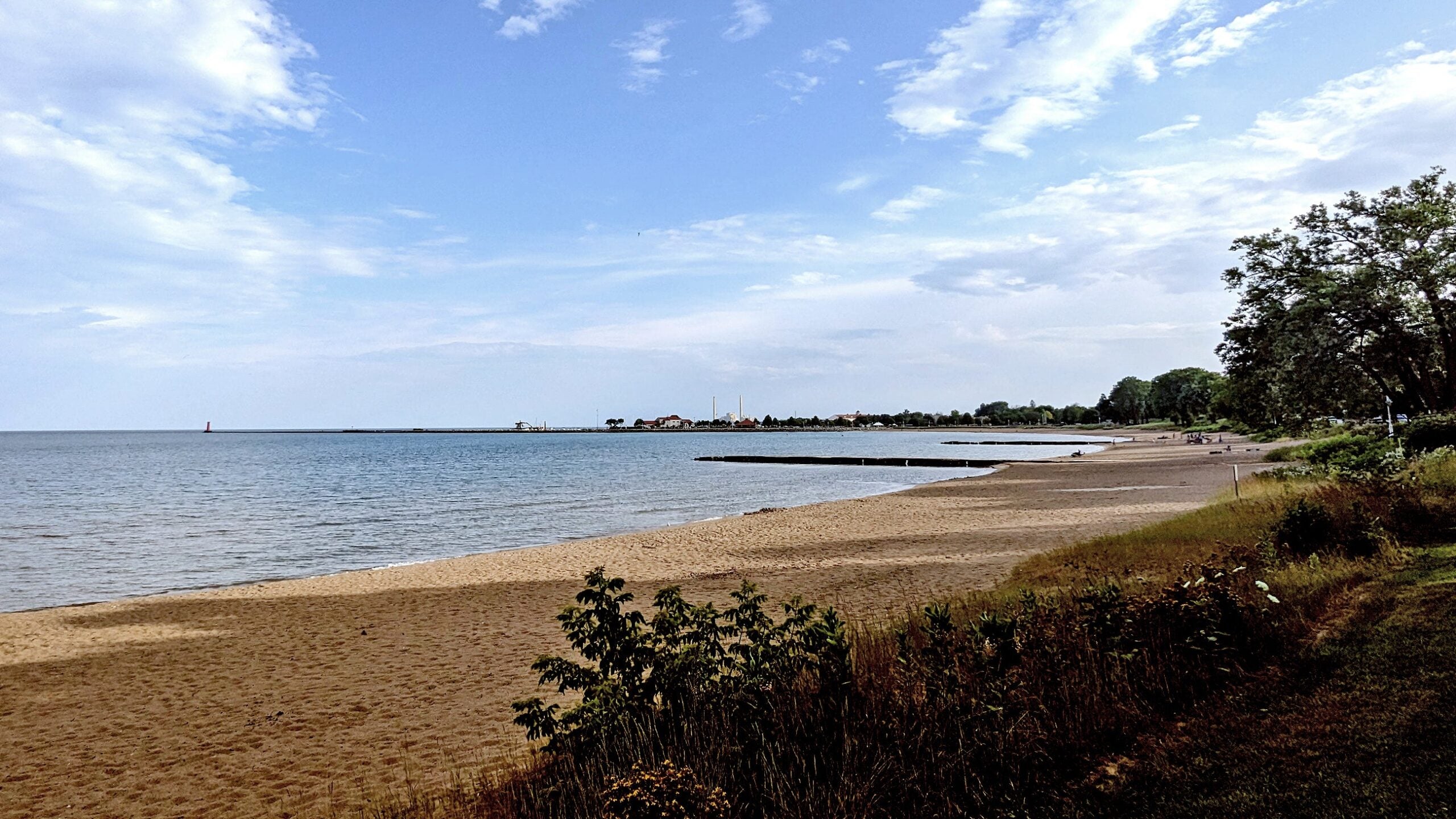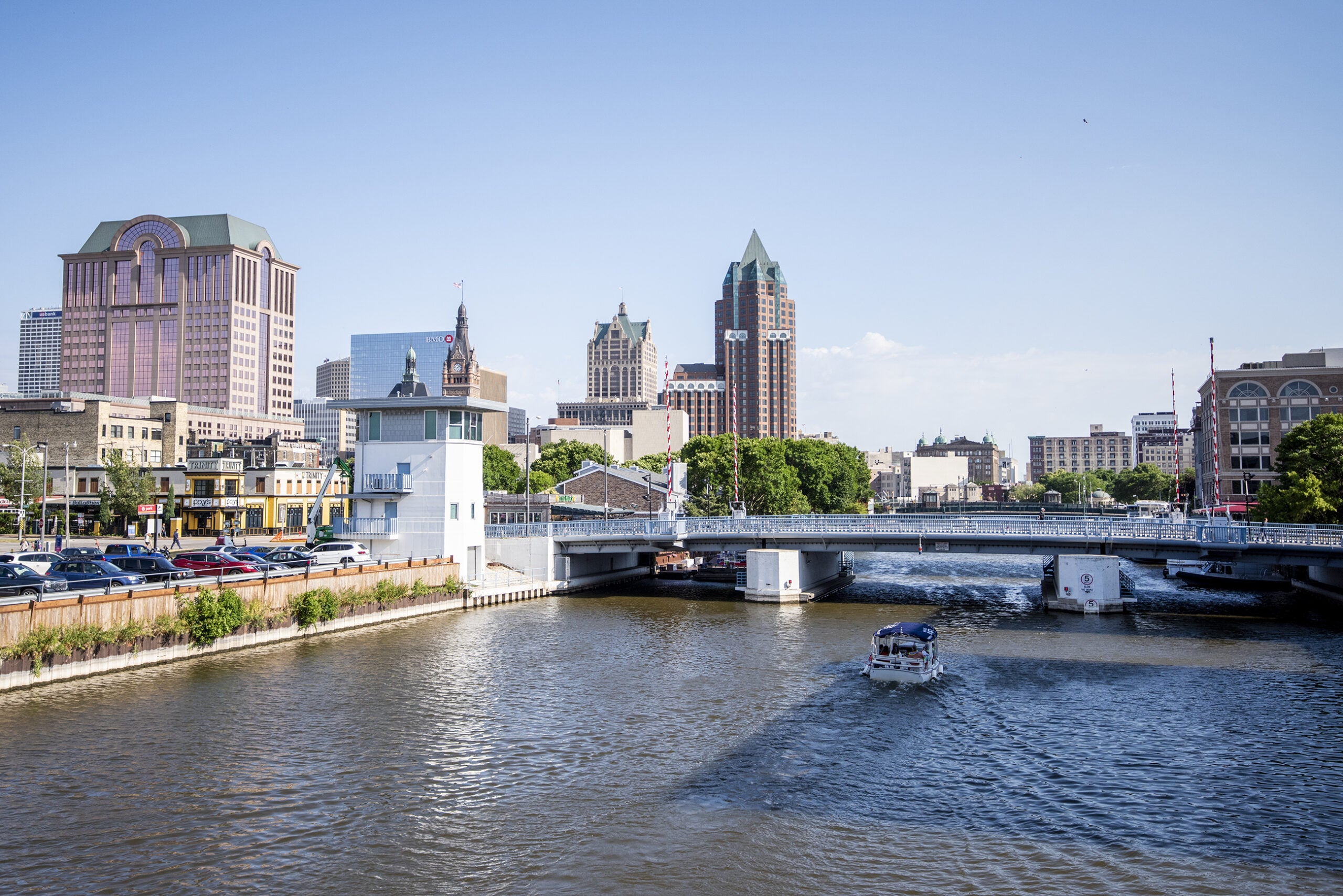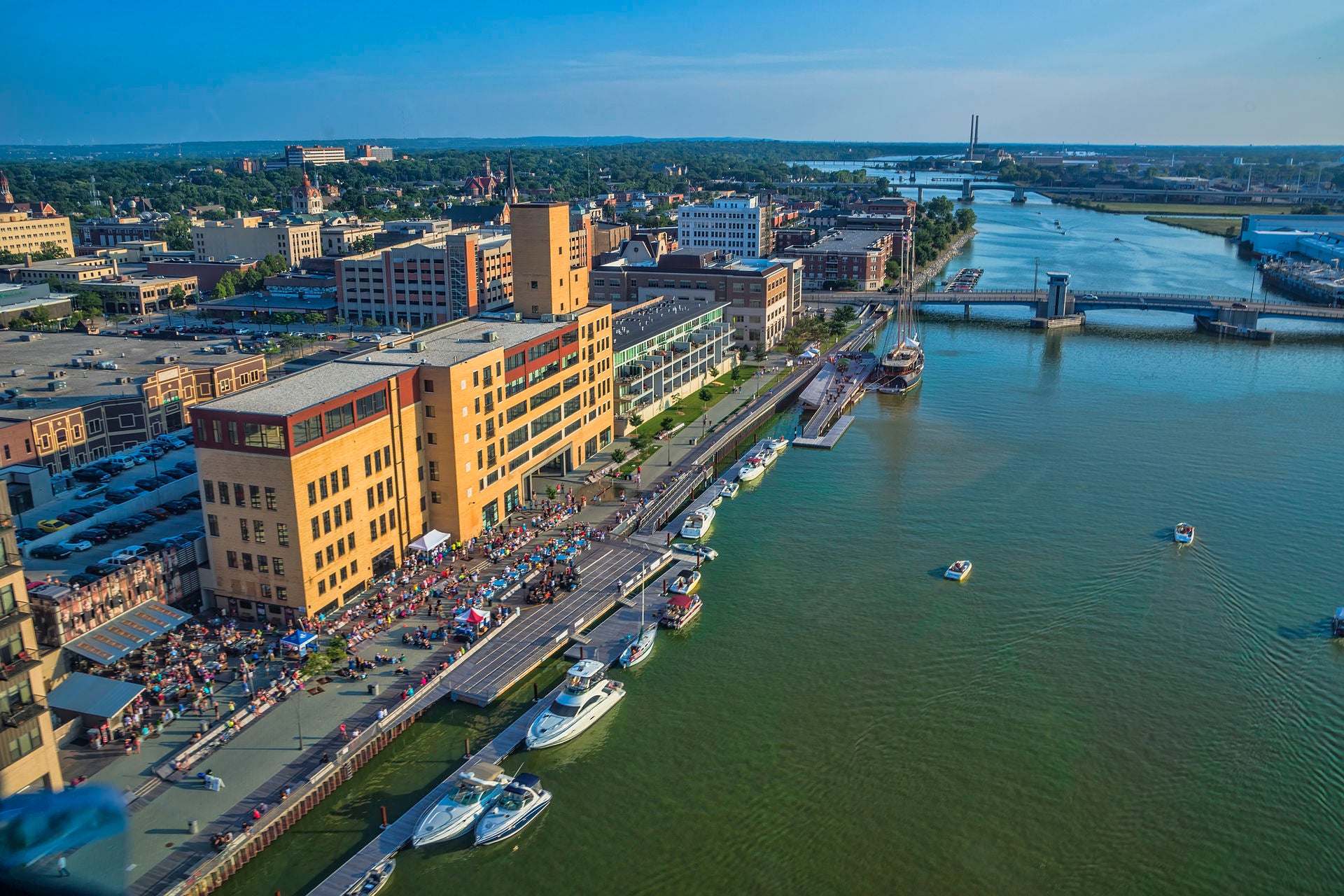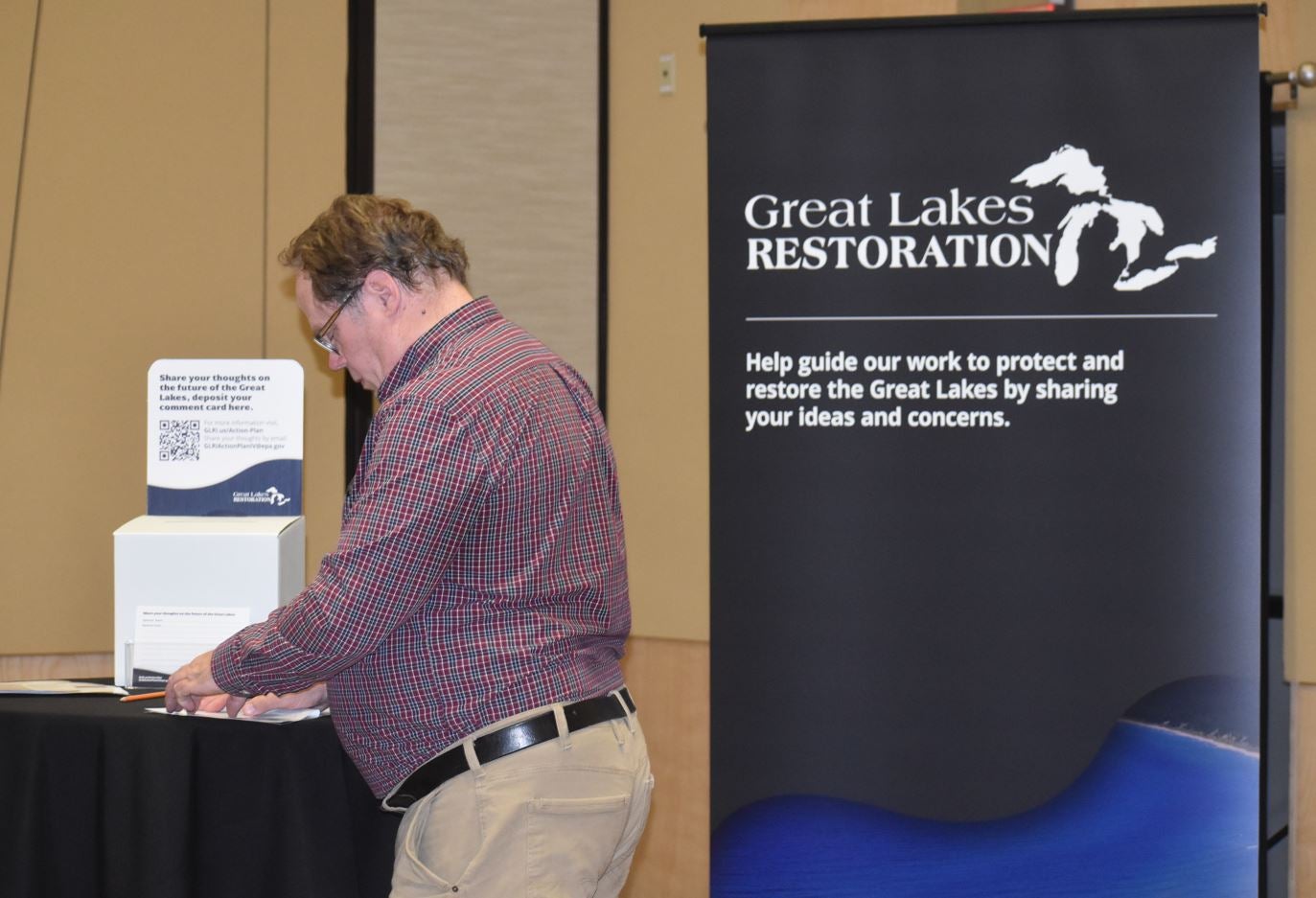Representatives of industry, American Indian tribes, government and environmental groups took part in a water summit in northern Wisconsin over the weekend to discuss the future of the Great Lakes Restoration Initiative under a new White House administration. Congress has invested around $2 billion in projects to clean up the lakes through the GLRI in the last six years.
The initiative grew out of an effort by President Barack Obama’s administration to speed up Great Lakes restoration in 2010. The federal program has funded more than 2,500 projects by hundreds of groups. But, there’s no law authorizing federal funds year after year, and Obama has proposed cuts in recent years. Presidential nominees Hillary Clinton and Donald Trump have pledged support for the program, but questions remain over funding and the focus of the initiative.
Cameron Davis, senior advisor to the administrator of the U.S. Environmental Protection Agency, said protection and restoration of the Great Lakes should be a permanent endeavor.
Stay informed on the latest news
Sign up for WPR’s email newsletter.
“If you don’t put money into your house … your house won’t take care of you,” Davis said Friday during a panel discussion hosted by Northland College in Ashland. “In the Great Lakes, that means money, that means maintenance. The Great Lakes are our homes. H.O.M.E.S. Huron, Ontario, Michigan, Erie, Superior.”
A long-range commitment to GLRI funding is included as a provision of the Water Resources Development Act, which recently passed the U.S. Senate and House of Representatives. But, Kathryn Buckner, president of the Council of Great Lakes Industries, said the program can’t rely on federal funds forever.
“We, probably as a region, need to figure out how to make investments in Great Lakes protection and restoration sustainable locally as well,” she said.
The federal program has helped communities clean up toxic hotspots around the Great Lakes known as “areas of concern.”
Todd Ambs, campaign director with the environmental coalition Healing Our Waters, said the program should look beyond cleaning up toxic sites on the lakes.
“We certainly need to continue the work that’s already been done on dealing with the toxic hotspots, the contaminated sediments,” he said. “Having said that, I think some of that emphasis as those numbers dwindle in terms of the AOCs, moving more toward this critical issue of reducing excess nutrients going into the basin as a whole and certainly into those shallow bays … is really the next frontier, I think, in terms of restoration.”
Davis agreed toxic hotspots and excess nutrients need to be dealt with first on the lakes to “stop the bleeding” in addition to protection efforts.
Mic Isham, chairman of the Great Lakes Indian Fish & Wildlife Commission and chair of the Lac Courtes Oreilles tribe, said that he believes protection should be the number one priority.
“What’s the use of restoring an area if we’re polluting somewhere else?” Isham said.
He added tribes would like the ability to run their own restoration programs under the initiative.
The panel of speakers also discussed what’s needed in terms of science and monitoring to better target restoration activities on the lakes, as well as ways to more effectively collaborate and communicate with stakeholders on cleanup projects.
Federal, tribal, environmental and industry groups are putting together a report with a list of 10 recommendations for the program’s future under a new administration. The list includes a suggestion to authorize funding for the program over a longer period of time. The report will be released by the end of October.
Wisconsin Public Radio, © Copyright 2024, Board of Regents of the University of Wisconsin System and Wisconsin Educational Communications Board.

